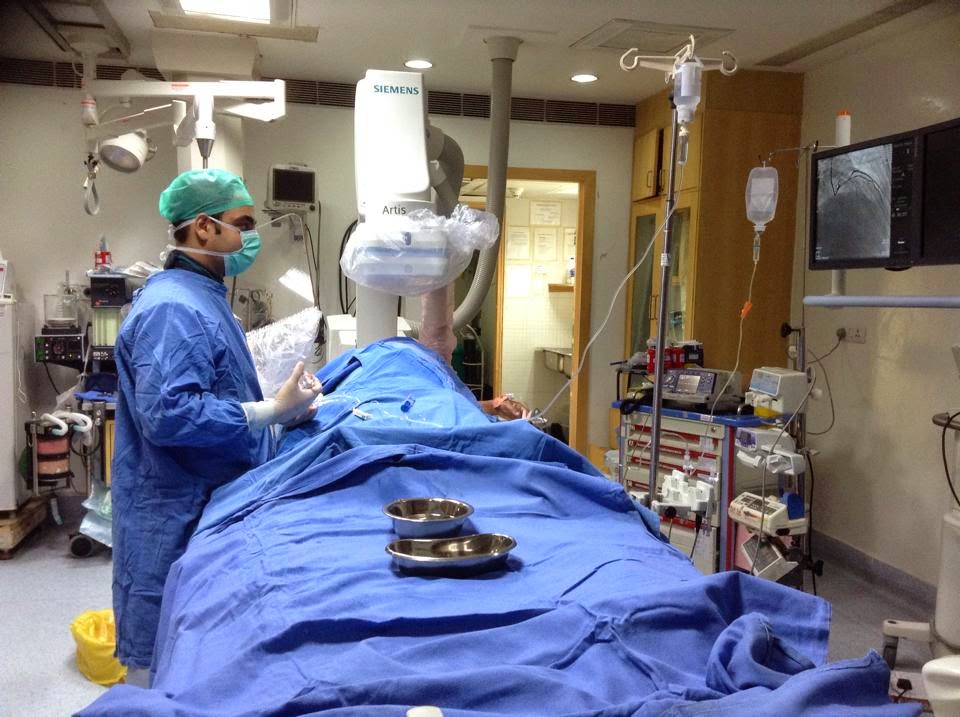The R wave height normally becomes progressively taller from leads V1 through V6. In V1 to V3, there is an R wave of low amplitude and an S wave that is larger (R/S <1); between leads V3 to V4, there is a transition to an R wave that has a greater amplitude than the S wave (R/S >1). When the R wave height does not become progressively taller from leads V1 to V3 or V4, or even remains at low amplitude across the entire precordium, slow or poor R wave progression (PRWP) is present . Several sets of criteria have been proposed to define PRWP more precisely .
There are many etiologies for PRWP:
●Lead placement
●Anteroseptal or anterior wall myocardial infarction
●Left ventricular hypertrophy
●Left anterior fascicular block
●Left bundle branch block
●Infiltrative or dilated cardiomyopathy
●Wolff-Parkinson-White patterns due to right-sided or antero-septal bypass tracts
●Chronic lung disease
●Physiologic late transition or clockwise rotation of the heart
Poor R wave progression may be more frequently seen in females. Because there are so many different causes of PRWP, this finding alone is not useful in identifying patients with a prior anterior myocardial infarction.
There are many etiologies for PRWP:
●Lead placement
●Anteroseptal or anterior wall myocardial infarction
●Left ventricular hypertrophy
●Left anterior fascicular block
●Left bundle branch block
●Infiltrative or dilated cardiomyopathy
●Wolff-Parkinson-White patterns due to right-sided or antero-septal bypass tracts
●Chronic lung disease
●Physiologic late transition or clockwise rotation of the heart
Poor R wave progression may be more frequently seen in females. Because there are so many different causes of PRWP, this finding alone is not useful in identifying patients with a prior anterior myocardial infarction.






.jpg)
